Folkestone is where we saw the English Channel for the first time (air trips not included):
While the universally recognised home of the famous white cliffs is Dover, they are also towering over the Folkestone shores:
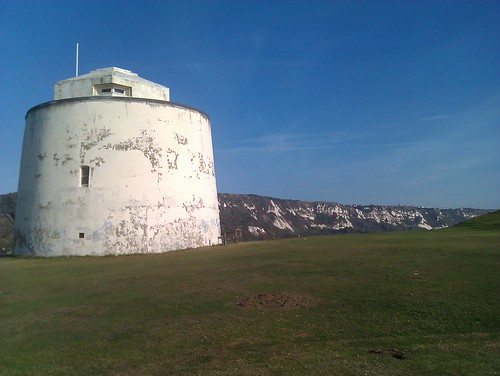
The Eurotunnel is robbing the Folkestone port of the last bits of its former glory but still the town boasts its heritage and anchors can be seen everywhere, including real ones used as monuments. There is even a large hotel which shape resembles a cruise ship:
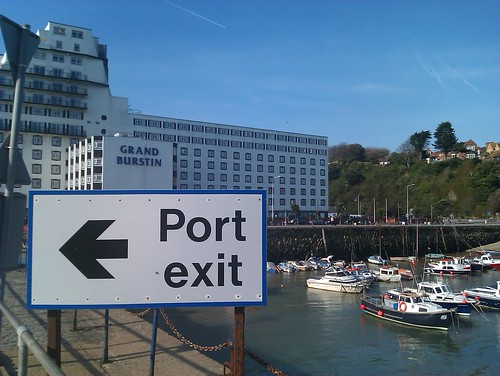
Speaking of hotels, there are enough of them for you to forget about the semi-abandoned port hub. The seaside beyond the harbour is a long line of hotel buildings, many of them very neatly looking and offering splendid views on the sea.
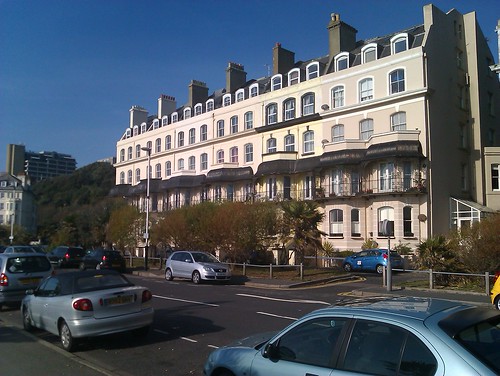
Local seafood is also available - some shops and stalls proudly advertise that they own a fisher boat. The main offers though are sea snails, crabs and crayfish with larger species tend to be brought from elsewhere.
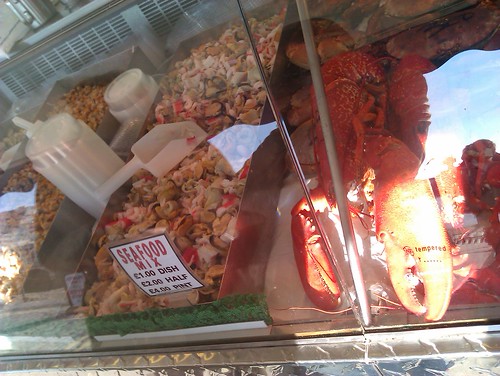
A typical English seaside:
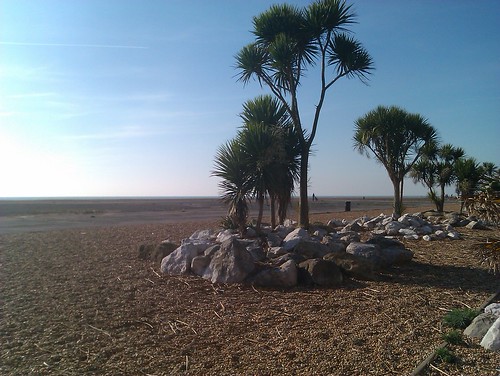
It is necessary to mention the welcoming personnel of the National Coastwatch post - we were spotted while wandering on the top of the hill and invited to take a look inside. This post is basically a sea traffic controlling point maintaining the order and observing the vessels passing the Channel - the sea traffic there is right-hand by the way - which is one of the busiest areas in the world (you need to type "Folkestone" in the "Go to area" field here to see).
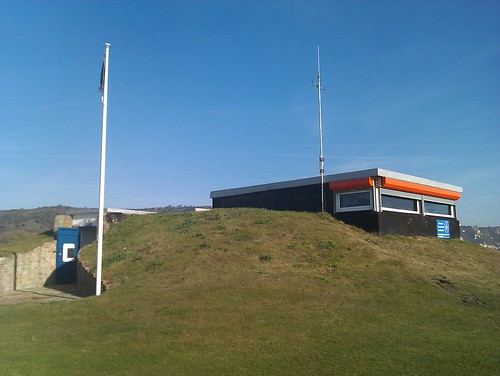

This is the post's third building - the previous two of them have slid slowly off the cliff.
***
Rye is a small town in the East Sussex with quite a few well-preserved historical buildings and even more tourists taking pictures of them. Surprisingly shiny (yet still small and cosy) shops that could be found on its narrow streets are obviously too numerous to serve just locals. Everything there is crying for being photographed, and still there are no curtains on ground floors of residential houses, as if the interiors are also parts of the attraction.
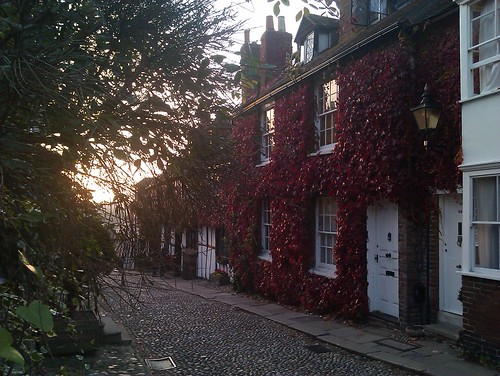
Two inns are competing for their right to be called the oldest one in Rye. While The Mermaid Inn still retains its 12th century cellar, the "modern" building had been re-built in just 1420. The Olde Bell, on the other hand, was built in the more recent 14th century, but survived without a facelift:
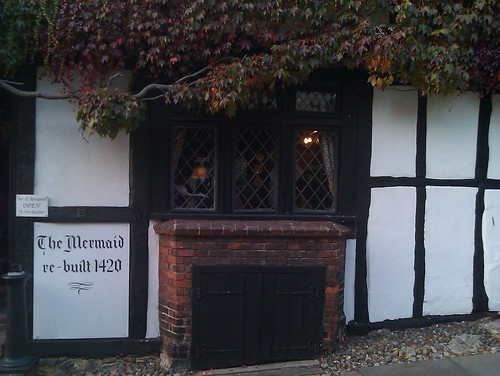
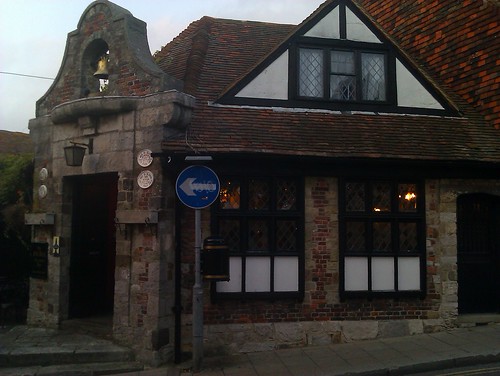
One interesting detail which makes both establishments something more than two nicely looking gingerbread houses and puts things into the historical perspective for real is the secret passage connecting them and used by a notorious gang Rye once used to be famous for. I learnt about the tunnel only later at home but luckily found both buildings in the phone memory. This currently smoothed-out town knew very different days.
***
There are more bad mobile photos in a dedicated set on Flickr.
No comments:
Post a Comment